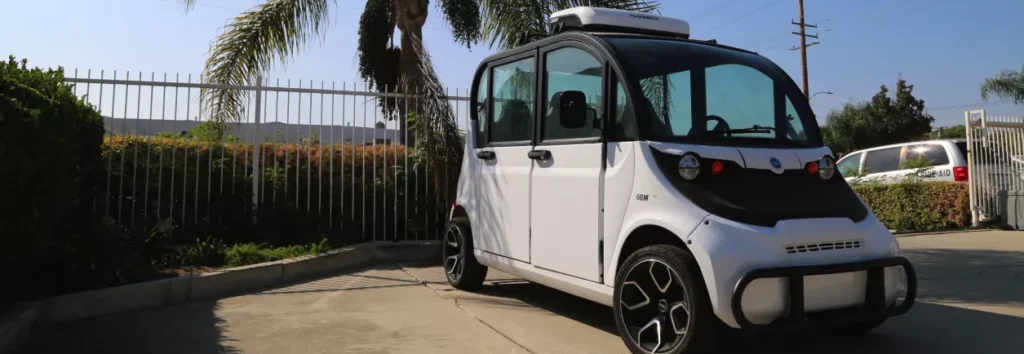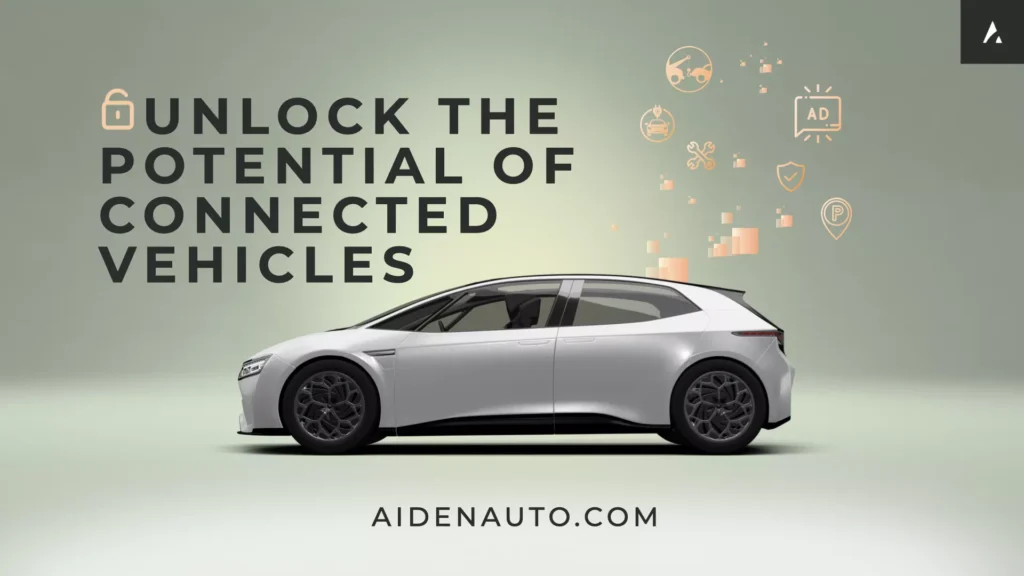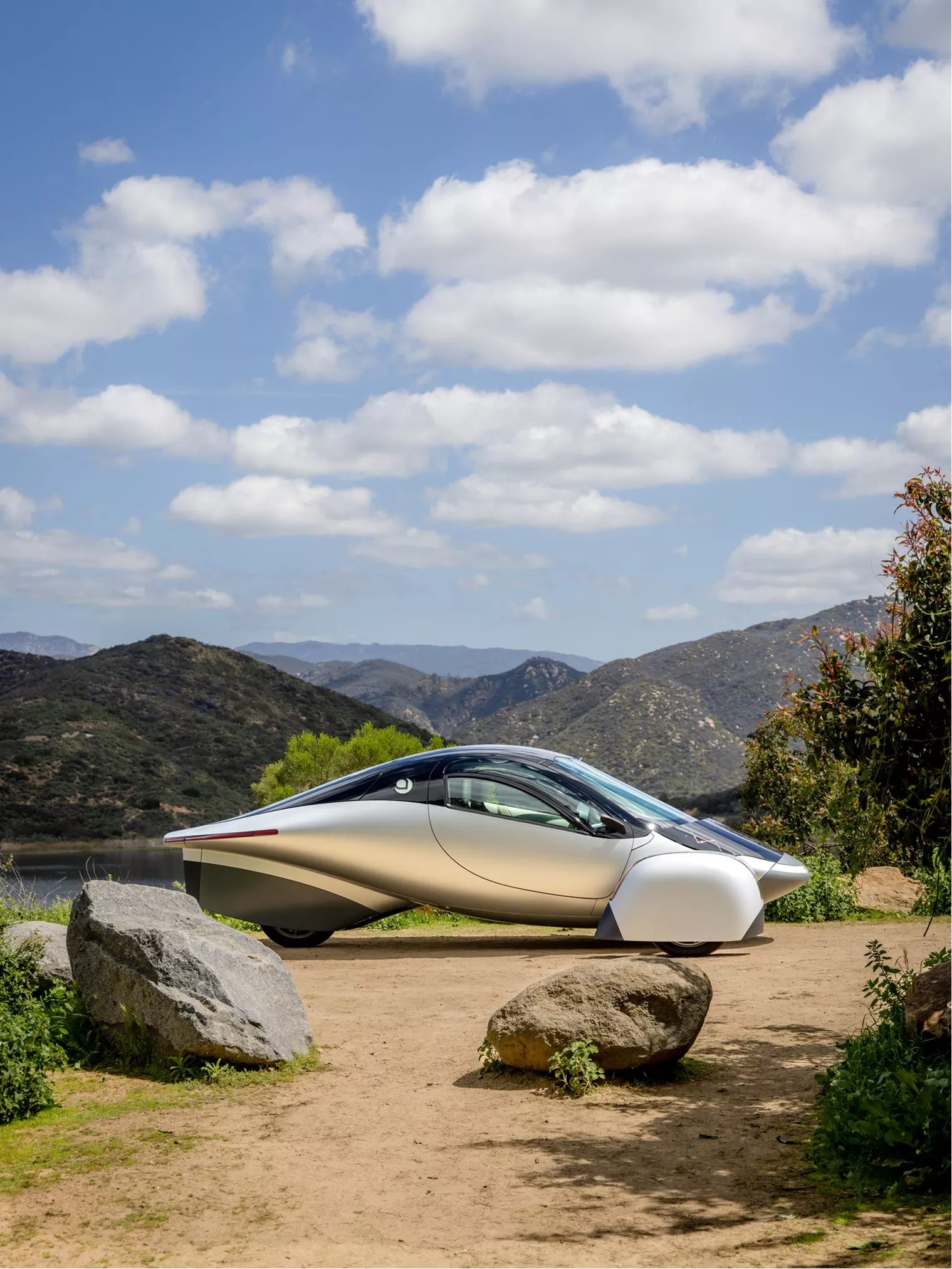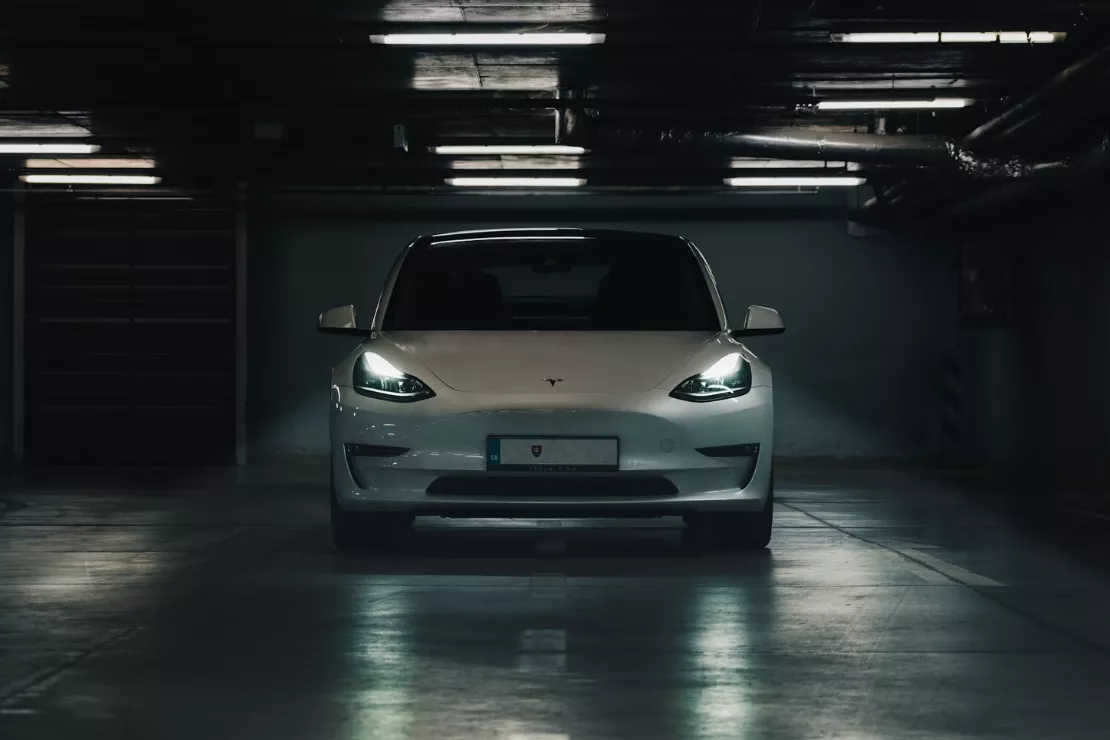










From EVs and batteries to autonomous vehicles and urban transport, we cover what actually matters. Delivered to your inbox weekly.

From BYD and MG leading in Europe, to NIO and XPeng reshaping premium expectations, to BYD outselling legacy automakers in Brazil and Southeast Asia — the pace, pricing, and product quality are forcing the rest of the industry to react.
In this issue of Charging Ahead ⚡️
✅ How China’s top EV makers are expanding globally
✅ Why legacy automakers are racing to catch up
✅ Which regions are embracing Chinese EVs fastest
✅ The role of tariffs, tech innovation, and consumer perception
As EU and U.S. regulators push back with tariffs and policy walls, the real question becomes:
Will it be enough to stop the momentum? Or are we witnessing the next global auto superpowers rise in real time?
Let’s break it down. 👇
Let’s make some noise for our friends at what3words, a geolocation system that turns the world into a grid of 3-meter squares, each with a unique 3-word address. It’s already integrated into vehicles from Mercedes-Benz, Tata, and MG, enabling precise, voice-activated navigation in cities, rural zones, and off-the-grid locations.
As EVs go global, especially into emerging markets and complex urban environments, pinpoint navigation has become essential. With what3words, your car can find “///rapid.moon.sprint” instead of getting lost on “Unnamed Road.”
Once dismissed as low-cost imitators, Chinese EV makers are now global contenders reshaping the automotive industry.

🇨🇳 A decade ago, Chinese automakers were focused on low-end, domestic models with limited range and cheap interiors.
🚗 Global automakers didn’t see them as serious threats. They were more concerned with Tesla and each other.
🔌 But China was quietly investing billions in EV infrastructure, battery R&D, and manufacturing scale.
🌍 BYD is outselling Tesla in global EV units, with a growing presence in Europe, Southeast Asia, and Latin America.
🚙 Companies like Nio, XPeng, and MG (now Chinese-owned) are launching stylish, tech-packed EVs at aggressive price points.
💸 EVs like the BYD Seagull (~$10K) and MG4 are undercutting European and U.S. models — with better range and features.
🔋 China controls 75% of global battery cell production, giving these companies an unbeatable supply chain edge.
🔹 With over 80 Chinese EV brands and state support behind them, the global push is just beginning.
🔹 Tariffs and regulations may slow the invasion, but won’t stop it. Chinese brands are localizing production in Hungary, Thailand, and Brazil.
🔹 Meanwhile, legacy automakers are racing to cut costs, partner with battery makers, and revamp their EV strategies.
🚨 Big Question: Can Western automakers innovate fast enough to stay relevant, or will Chinese EVs dominate the next decade?
Chinese EV giant BYD plans to double its international sales to over 800,000 vehicles this year. To mitigate tariff challenges, BYD intends to establish local assembly plants in key markets such as the UK, Latin America, and Southeast Asia. Despite expanding globally, the company has no immediate plans to enter the U.S. or Canada due to geopolitical reasons. (The Economic Times)
Contemporary Amperex Technology Co., Limited (CATL), the world’s leading battery manufacturer, has received approval from China’s securities regulator for a significant share sale on the Hong Kong Stock Exchange. The company plans to raise at least $5 billion, marking the largest Hong Kong listing since 2021. Proceeds will support CATL’s global expansion, including the construction of a €7.3 billion battery plant in Hungary. (South China Morning Post)
The European Commission has initiated an investigation into BYD’s electric vehicle plant in Hungary, suspecting that the company may have received unfair subsidies from the Chinese government. If confirmed, BYD could face measures such as asset divestitures, capacity reductions, subsidy repayments, and fines. This development may escalate trade tensions between the EU and China. (Mobility Portal)
In February, Indonesia experienced a 2.2% year-on-year increase in car sales, marking the first growth since June 2023. This uptick is largely attributed to the growing adoption of electric vehicles, particularly affordable models from Chinese brands like BYD and Chery Automobile, supported by government incentives. (Reuters)
Northvolt, once a symbol of Europe’s ambition to lead in green industries, has filed for bankruptcy in Sweden after exhausting efforts to secure a viable financial future. This development underscores the challenges European firms face in competing with established players like China’s CATL in the EV battery market. (Northvolt)
Legacy automakers had a head start. So how did China pull ahead?
While U.S. and European brands were busy fighting over charging standards and debating EV strategy, Chinese automakers were scaling vertically, designing in-house chips, cutting battery costs, and building cars people actually want. Really fast.
Let’s unpack what really sets them apart.
🚫 Reality: Yes, the BYD Seagull costs just $9,700, but that’s just the headline. Under the hood (and in the cabin), Chinese EVs are redefining what “affordable” can mean. The Seagull includes 360° cameras, voice-activated controls, and a 10.1” touchscreen, while Nio offers battery-swapping tech and in-car AI assistants. XPeng is investing heavily in autonomous driving features and LiDAR integration, technology that rivals Tesla and Mercedes.
Here’s some food for thought: In 2024, 7 of the top 10 bestselling EV models in China were from local brands, including the BYD Qin, Song, and Dolphin. And internationally? BYD overtook Tesla in global EV deliveries in Q4 2023, and it’s gaining traction in Europe with models that blend price, tech, and design.
⚠️ Reality: Legacy automakers have the cash, but not the coordination. China’s EV edge is a vertically integrated industrial strategy. Brands like BYD produce their own batteries, semiconductors, and motors. CATL and CALB dominate global battery supply, and new startups like Li Auto are building entire tech stacks in-house.
Meanwhile, Western players are scaling back. Ford and GM have paused or delayed EV production, citing losses in the billions. Volkswagen’s Chinese JV with Xpeng signals that even Europe’s biggest carmaker is outsourcing innovation. This is a supply chain game. And China owns it.
💰 Reality: Tariffs might delay the wave, but they won’t stop it. Chinese automakers are already one step ahead — building factories in Hungary, Brazil, Thailand, and Mexico to assemble EVs locally and sidestep import duties. BYD’s Hungarian plant is just the beginning.
Even with tariffs, Chinese EVs often remain 20–30% cheaper than their Western counterparts. Their cost structure — supported by government subsidies, economies of scale, and local component sourcing — is nearly impossible to match in the short term.
🤔 Reality: That narrative is already falling apart. MG (owned by SAIC) is now a top EV brand in the UK, with the MG4 praised for its mix of style, features, and affordability. BYD’s Atto 3 is making waves across Scandinavia, the Netherlands, and Belgium, winning over drivers with its comfort, tech-forward interface, and sub-$40K price point.
Chinese automakers are designing for Western tastes. XPeng’s sleek interiors and Nio’s premium battery-as-a-service (BaaS) model aren’t budget gimmicks, but strategic moves to own the EV experience, from interface to infrastructure.
🚨 If Chinese EV makers continue expanding at this pace, they might crush the legacy brands.
BYD is already outselling Tesla in several markets. MG is dominating EV sales in the UK. Nio and XPeng are pushing premium models that go toe-to-toe with German giants — on range, design, and software.
Meanwhile, Ford is scaling back production. GM is delaying launches. VW is betting on joint ventures in China just to keep up.
The playing field isn’t level — and China built the stadium.
What do you think?
🌍 Will Chinese EVs dominate global markets by 2030?
🏭 Can legacy automakers actually compete without owning the supply chain?
📉 Or are we underestimating the resilience of brands like Toyota, Hyundai, and BMW?
📢 Drop your take in the comments. Is this the start of a global power shift in auto manufacturing?